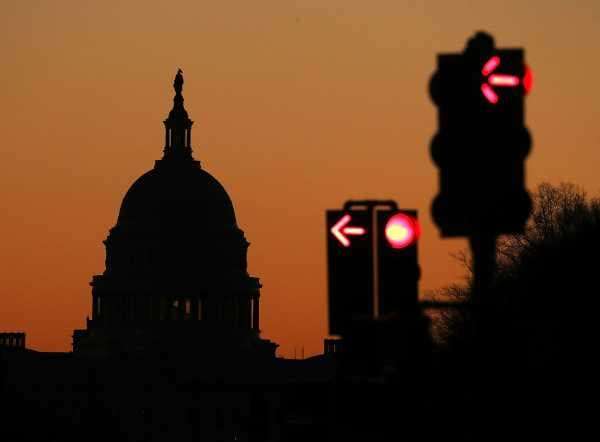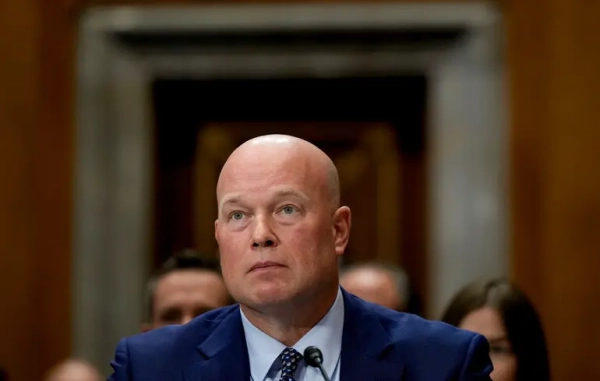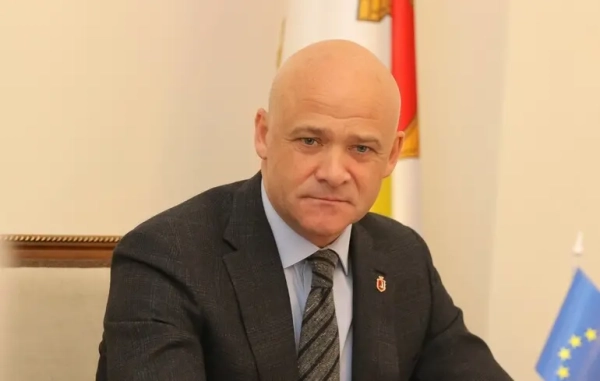
The government is five days into a partial shutdown, and Congress and the president are no closer to a deal to fund it, foreshadowing a stalemate that could drag on into 2019.
President Donald Trump has long demanded $5 billion for the construction of a wall (or other barrier) along the US-Mexico border, a proposal that is a nonstarter with Democrats, who Trump needs in order to pass a bill in the Senate. Democrats have said previously that they’d consider $1.3 billion for a broader “border security” package and chafed at any offer that would include wall funding.
This impasse led to the start of a partial shutdown last Friday at midnight, with 25 percent of the government still waiting to be funded. And Trump has only hardened his position since.
He tweeted this week that federal workers have told him personally that they support his commitment. And he continued to blame Democrats for the fiasco. While Congress adjourned for Christmas, Trump canceled his trip to Mar-a-lago, tweeting from the White House on Christmas Eve “poor me.”
As Vox’s Tara Golshan has written, both sides have made their positions clear — and neither has much incentive to relent — so this standoff could lead to a very long shutdown that even goes into mid-January. Trump himself hinted at this possibility during an Oval Office appearance on Tuesday.
“I can’t tell you when the government is going to be open,” Trump said. “I can tell you it’s not going to be open until we have a wall, a fence, whatever they would like to call it.”
Here’s what’s affected by a partial shutdown
As lawmakers try to work out some kind of compromise, hundreds of thousands of federal employees will be affected by the partial shutdown.
About 400,000 federal employees are furloughed as a result of the shutdown, and another 400,000 are due to work without immediate pay, while some federal agencies are limiting the services they provide. Since this is a partial shutdown, only agencies that fall under the parts of the government that have yet to be funded will see any impact.
Because national parks are overseen by the Department of Interior, which is still waiting for funding, they are expected to be open but experience limited operations, for example. Other services like veterans benefits will not observe any effects because these programs were funded earlier this year.
Additionally, mandatory programs including Medicare are due to keep running, though new sign-ups could see some delay.
There’s also a somewhat confusing political twist in this partial shutdown.
Among the slew of “essential” government workers who will keep working, despite the shutdown, are active duty members of the military as well as the majority of those working in Customs and Border Protection, including border patrol.
Both groups are scheduled to work over the holidays, though they won’t receive their backpay until the government officially reopens. Ironically, this would mean that Trump is basically calling on both border patrol and members of the military to spend the holiday season working without immediate pay.
“If a lapse in appropriations were to take place, a majority of DHS [Department of Homeland Security] activities would continue,” an administration official told CNN. “For instance, those protecting our borders with the Customs and Border Patrol will continue to do so.”
What and who will keep working
- Social Security, Medicare, and Medicaid
- United States Postal Service
- Veterans hospitals and benefits
- Food stamps (The agency has limited funds, but the programs will continue operating in the short-term.)
- Active duty military
- Border patrol
- Air traffic control and TSA
- Museums
What will be closed or could see limited operations
- National Parks (Many will remain open but have limited staffing and facilities.)
- The IRS and tax refunds
- State Department services (Passports and visas will continue to be issued, though some services could be closed.)
- Environmental and food and drug inspections
What happens now?
Trump’s border wall is at the heart of the ongoing funding conflict, and it’s the key issue that still needs to be resolved to reopen the government.
To move forward, lawmakers have already said they have to figure out a funding agreement that will satisfy congressional Republicans, Democrats, and the president — a feat that’s proven challenging thus far. The Senate, which is scheduled to reconvene on Thursday, has only committed to voting on a package when it hits all of these requirements.
What that package looks like is still anyone’s guess.
On Saturday, Vice President Mike Pence offered Senate Minority Leader Chuck Schumer a funding deal that included $2.5 billion for border security and was roundly rebuffed by Democrats. Pence had also previously signaled openness to $1.6 billion in border security, an offering that garnered pushback from Republicans.
With Democrats on track to take over the House on January 3, they’ve indicated that they could pass their own “clean” funding bill that would not include wall funding at that time, though it’s unclear if the Senate would support it.
Ahead of that deadline, the pressure is on for Republicans — who still have majorities in both chambers — to get something through Congress that is more palatable to Trump.
Sourse: vox.com






